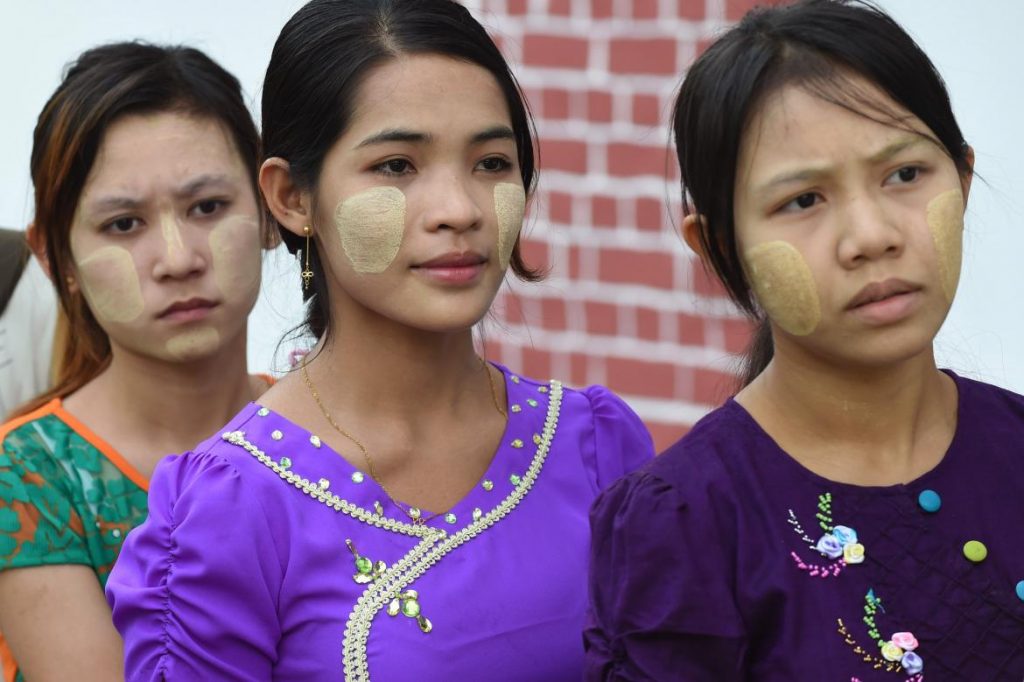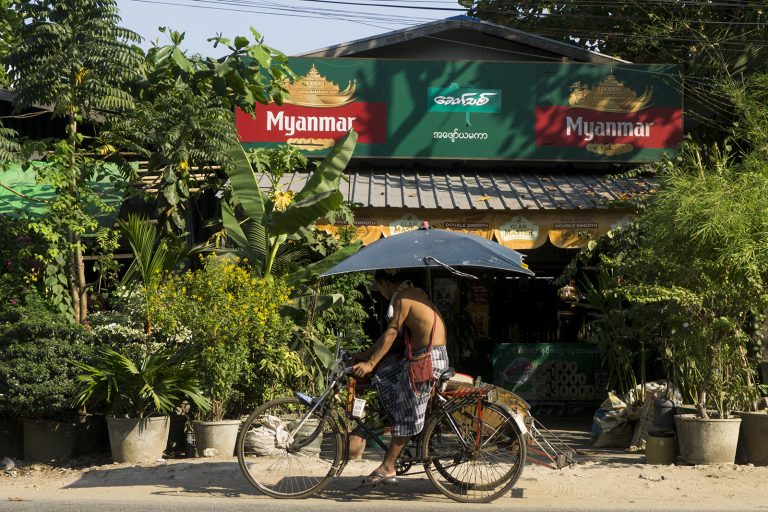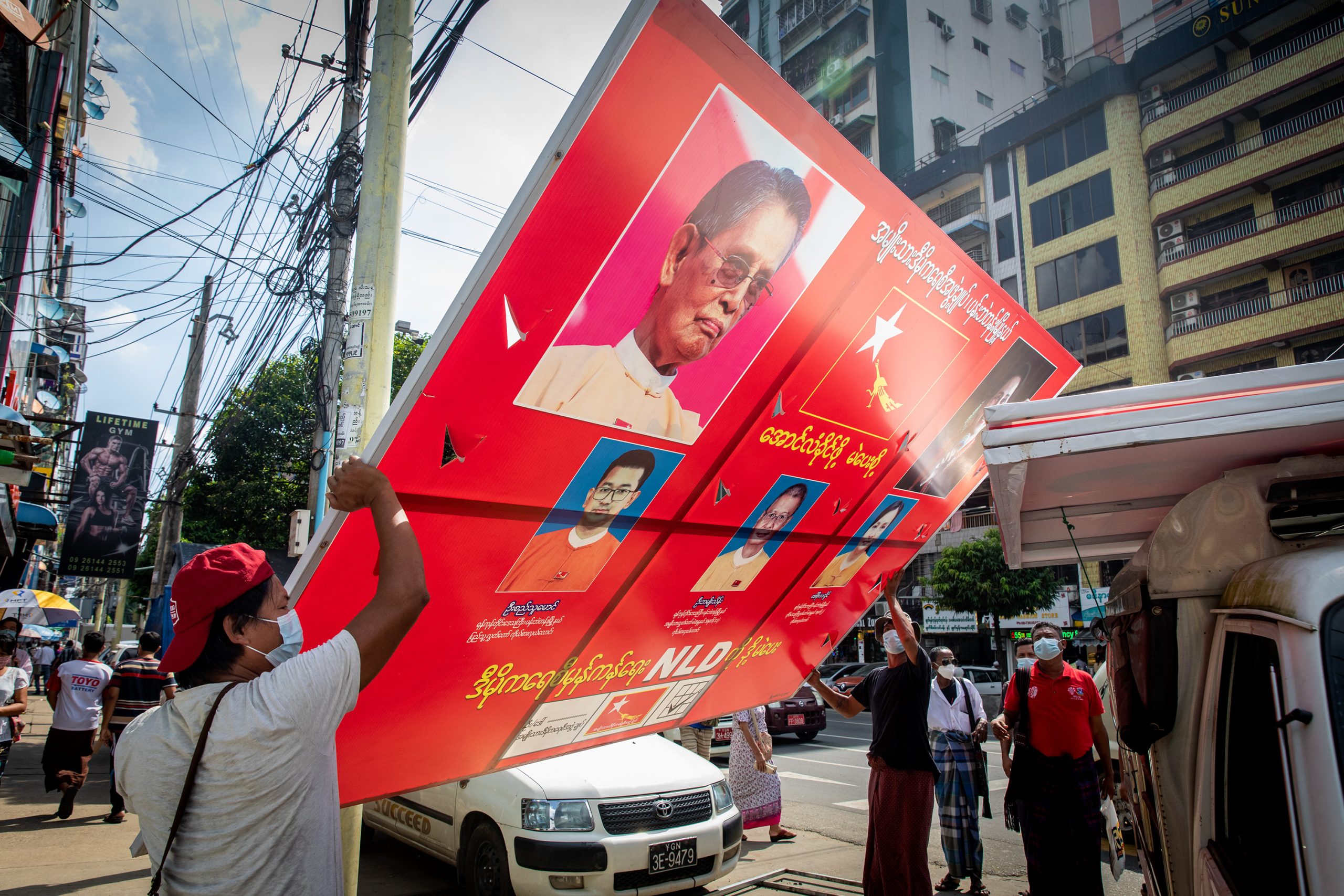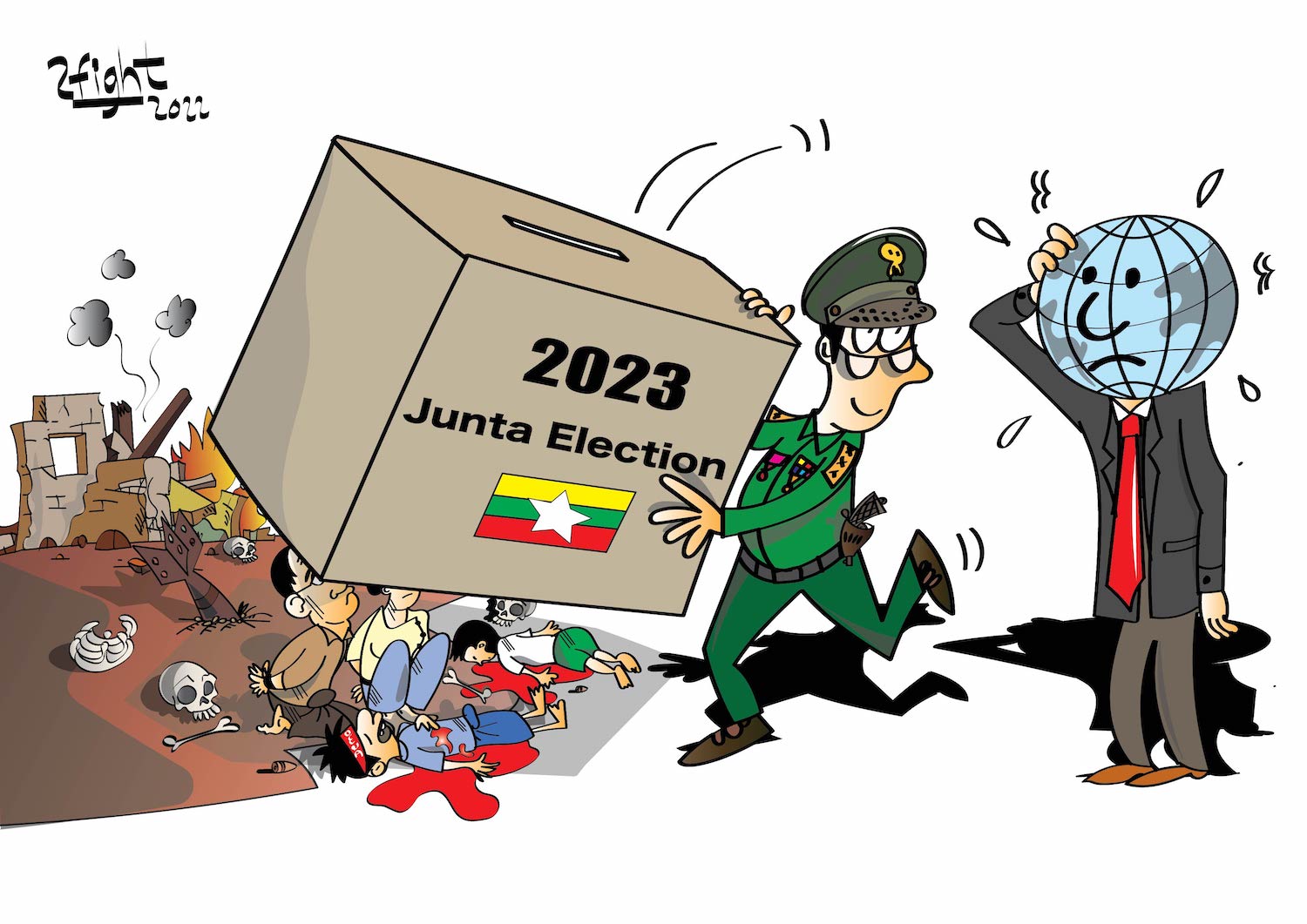Of the nearly 18,000 local administrators elected across Myanmar in 2012, only 42 were women. As the country prepares to hold local elections, a new report has highlighted the extreme gender imbalance at the grassroots level of government.
As the hubbub over Myanmar’s general election dies down and the country moves to the next phase of its transition towards democracy, ballots to elect village tract and ward administrators are planned early this year. Although the election will not attract the same attention as November’s vote, it will have a significant impact at the local government level.
The election is for 16,785 administrators, of whom 13,602 will hold positions in rural village tracts and the remaining 3,183 will serve wards in urban areas.
Although holding the lowest-level positions in the Ministry of Home Affairs’ General Administration Department, the administrators are a key bridge between their communities and township administrators, who are appointed by the GAD.
Before 2012, village tract and ward administrators were appointed by township administrators. In line with the third sector reform launched by President U Thein Sein’s government, the elections were first held in 2012 under the Ward or Village Tract Administration Law enacted that year. This year’s vote will be the second for the grassroots level administrators.
The election process is complicated. It begins with the township administrator appointing a supervisory board of five residents to oversee the process. Households then combine to form groups of 10. Each group holds a secret ballot to select a nominee who is appointed a “household head”. In the next stage, 10 household heads hold a secret ballot to choose the village tract or ward administrator, whose appointment must be approved by the township administrator.
Support more independent journalism like this. Sign up to be a Frontier member.
Plans to introduce elected representatives at the township level were outlined last year by President U Thein Sein.
“Within the next five years the administration of township and city affairs will transfer to democratically elected township councils and city councils. In order to facilitate this change from administration by government departments to a citizen governance mechanism, appropriate constitutional amendment will be made,” he said in a speech on October 6.
Gender imbalance
A 2014 report on women’s participation in local government found that ratio of boys and girls attending primary and secondary schools is almost equal and a survey in 2010 found that women account for almost 45 percent of jobs in the non-farm sector.
In 1935, Myanmar became the second country in Southeast Asia to grant women the vote but even though social indicators suggest there is a degree of gender equality in the country it does not extend to the representation of women in all levels of government.
Inequalities in terms of representation are stark. Women’s representation in the nation’s outgoing parliaments was less than six percent, one of the lowest in Southeast Asia, though it will improve markedly after the new hluttaws convene, to about 13 percent. Union Election Commission figures show there will be 150 women in the new parliaments, up from 54 in the outgoing hluttaws.
A recent report commissioned by the United Nations Development Program highlighted the bigger gender imbalance at the village tract and ward level than the national or state or regional level. Of the 17,785 local administrators elected in 2012, only 42, or 0.25 percent of the total, were women.
The report, Women and Local Leadership: Leadership Journeys of Myanmar’s Female Village Tract/Ward Administrators, interviewed 15 of the 42 women. The report is accompanied by a video that documents the work and the challenges of six of the grassroots administrators.
“It appears that in 2012, a lot of women didn’t know that as a woman they could participate in the elections,” said Ms Emilie Roell, a local governance consultant for the UNDP who wrote the report. “More than half of those interviewed were asked to take up the role by a male respected elder, often because of their family background, education, experience with community work, and also because of being single and therefore having more time,” she said.
“One of the key reasons [for lower female participation] is that people think that women don’t have the authority for these roles,” said Ms Roell. Other factors included the belief that women were at risk if they travelled at night, as is sometimes required by the role, and family or job commitments. The grassroots administrators receive a monthly stipend of K70,000 plus K50,000 in expenses, so those in the role are usually from the higher income bracket with another form of income, the report found.
With the elections looming for grassroots administrators, Ms Roell said the aim of the report was to raise awareness about the role of women in local government and encourage more female participation.
“Most of the interviewees wanted to inspire and contribute to expanding the role of women in local governance. Some ways to achieve this include raising the visibility of women already working in this field and building the confidence of women to take up these roles,” she said.







